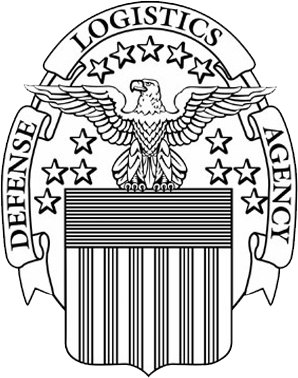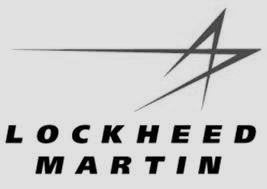Have you ever bought a 12-pack of soda? I swear this story is going somewhere.
Recently, I hosted a get-together with my family where I wanted our favorite soda to be available. There was a total of 4 of us. I could have bought a 6-pack, but I knew that each of us would want 2 sodas over the course of the evening; so, I bought a 12-pack. The result was that everyone got 2 sodas and there were some cans left over.
Why wasn’t I able to get an 8-pack of soda? It would be more efficient, and I wouldn’t have to worry about the leftover drinks (oh, the horror) if I was able to buy an 8-pack. Well, here in Texas and everywhere else that I know of, there are no 8-pack, 12-ounce cans of soda; therefore, I simply grabbed the 12-pack.
Now think of the 12-pack as a connector, the individual cans as contact cavities, and my family as wires. In a perfect world we would have a connector that is manufactured to house the exact number of contact cavities as the exact number of wires, but we do not. Why? PRICE and AVAILABILITY! Much like custom objects for our houses, if something is customized, it is always rarer and usually pricier.
With that said, design engineers will spec wiring harnesses with readily available common connectors, even though all contact cavities will not be populated. Besides making the wiring harnesses less expensive and easier to procure, another positive byproduct of using common connectors is that the end user will not have to wait extra weeks for their harnesses to be built. The common connectors will reliably get the job done and there will be a few contact cavities that are left over.
That answers the question as to why contact cavities are left empty. In fact, our engineering team speculates that the majority of connectors do not utilize every contact cavity. The next question is, “What do we do when a contact cavity is not used?”
InterConnect’s engineer, Nam Tran, wrote a blog adjacent to this topic in 2018. He stated, “To prevent moisture, dirt, etc. from entering the back of the connector (which can result in an electrical problem) all unused cavities should not be left empty. Connector contact cavities should always have filler plugs installed. Additionally, filler contacts (a contact with no wire crimped inside it) can also be installed. Filler contacts can make future installation of added wires easier because the contact is already in the connector, hence, the user doesn’t have to research and locate the correct contact size and part number.”
Depending on the aircraft designer, you will almost always find either filler contacts, filler plugs, or both called out for unpopulated connector cavities. The design authority such as Lockheed Martin, Northrop Grumman, or Boeing, makes that decision, specifying how to populate (or not populate) wiring harness connector cavities. When InterConnect’s engineers design aircraft wiring harnesses, and the customer leaves it up to our experts to make the decision, InterConnect installs both filler contacts and filler plugs in unused contact cavities.
Fun fact: Inserting filler contacts is such a common practice in aerospace and defense wiring harnesses, that many connectors include contacts when you procure a standard connector. Maybe that would be like getting a free bag of ice with your 12-pack of soda?




























